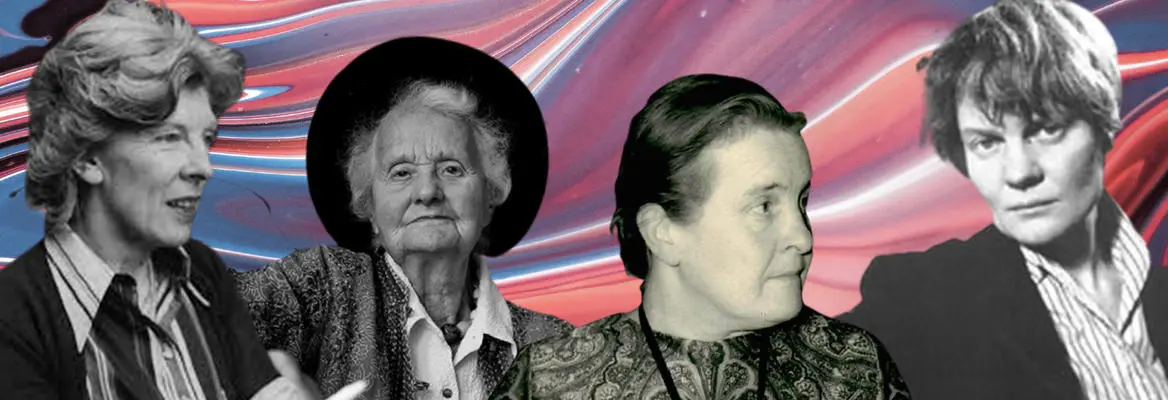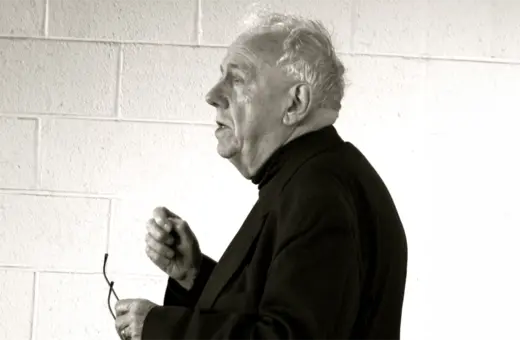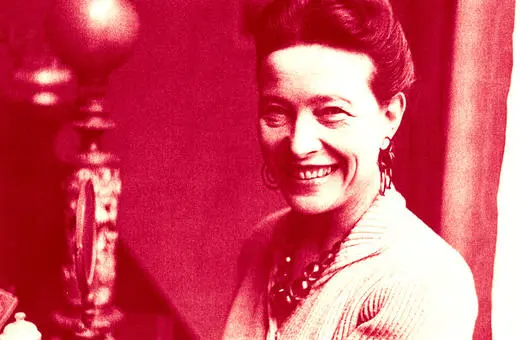The men who dominated British philosophy from the 1920s to the 1950s all agreed: there is a strict dichotomy between facts and values. The world itself contains only facts, values arise only from our own subjective judgements. But four brilliant women philosophers disagreed. Elizabeth Anscombe, Philippa Foot, Mary Midgley and Iris Murdoch thought the image of the world devoid of value was wrong. They would go on to change the field of moral philosophy forever, writes Benjamin J.B. Lipscomb.
Elizabeth Anscombe, Philippa Foot, Mary Midgley and Iris Murdoch met in Oxford as undergraduates and supported and inspired one another for the rest of their lives. I recently published a book about the interweaving lives and work of this extraordinary quartet of twentieth-century philosophers. When my publisher proposed a subtitle that referenced how they revolutionized ethics, I hesitated. Had these four revolutionized ethics? (Has anyone?)
As I’ve reflected on their achievement, though, I’ve come to think that “revolutionized” is the right word. The four were central actors in an intellectual revolution. Their thought was revolutionary in the sense that Thomas Kuhn explores in The Structure of Scientific Revolutions. Any community of inquirers goes through stretches in which nearly everyone shares the same basic assumptions—the same paradigm. Intellectual progress, in these times, is refinement and problem-solving: tidying up and extending the paradigm. But no paradigm is forever. And when people within a community of inquirers begin highlighting the limitations of a paradigm, and exploring thoughts that won’t fit into it, then you get a revolution. A revolution happened in Anglophone ethics in the second half of the twentieth century, and it was down to these four philosophers.
The old paradigm operated under the fact-value dichotomy, the idea that ethical judgments are subjective projections onto a value-free, factual reality.
The old paradigm operated under the fact-value dichotomy, the idea that ethical judgments are subjective projections onto a value-free, factual reality. It’s an idea that remains powerful. It is reflected in the way children are taught to distinguish “facts” from “opinions,” with all judgments of good or bad, better or worse, lumped in with opinions and distinguished from facts—distinguished, that is, from the real.
There were cruder and more sophisticated versions of this paradigm, but it was the dominant view among the men who dominated philosophy in the 1920s, ‘30s, 40s. A.J. Ayer, apostle of logical positivism, argued that ethical judgments are like cheers or boos at a sporting event, mere manifestations of positive or negative feeling. R.M. Hare, a decade and a half later, argued instead that ethical judgments are like commands issued to self and others: “do this!” “don’t do that!” Hare’s view was an improvement on Ayer’s—a refinement of the paradigm they shared. On Hare’s view, it was possible to infer one ethical judgment from another (there can be no inferences from one boo to another). At a fundamental level, though, Hare and Ayer agreed: ethics is something we impose on the world.
Passionately committed to religious, political and other ideals, these women revolted against the picture of a world bereft of value.
When a paradigm has taken hold of a community of inquirers, people don’t typically support it with reasons anymore. We reason from such assumptions, but less commonly about them. In all the forceful expressions of the fact-value dichotomy, from the ‘20s through the ‘50s, the dichotomy is seldom argued-for. It is instead taken for granted as the only acceptably up-to-date and modern thing to think—what everyone knows. The alternative was unthinkable. What Anscombe, Foot, Midgley, and Murdoch achieved was to make the unthinkable, thinkable again.





















Join the conversation